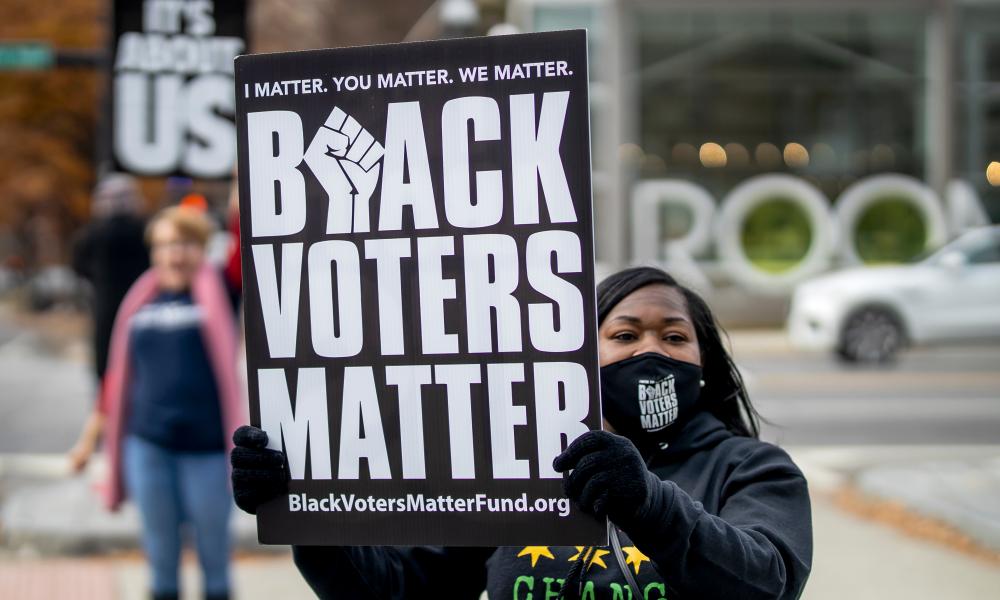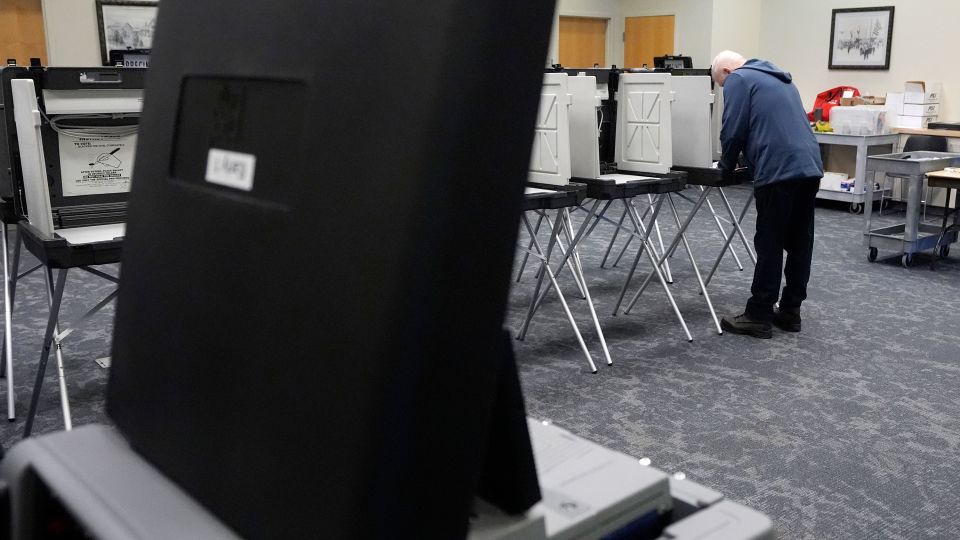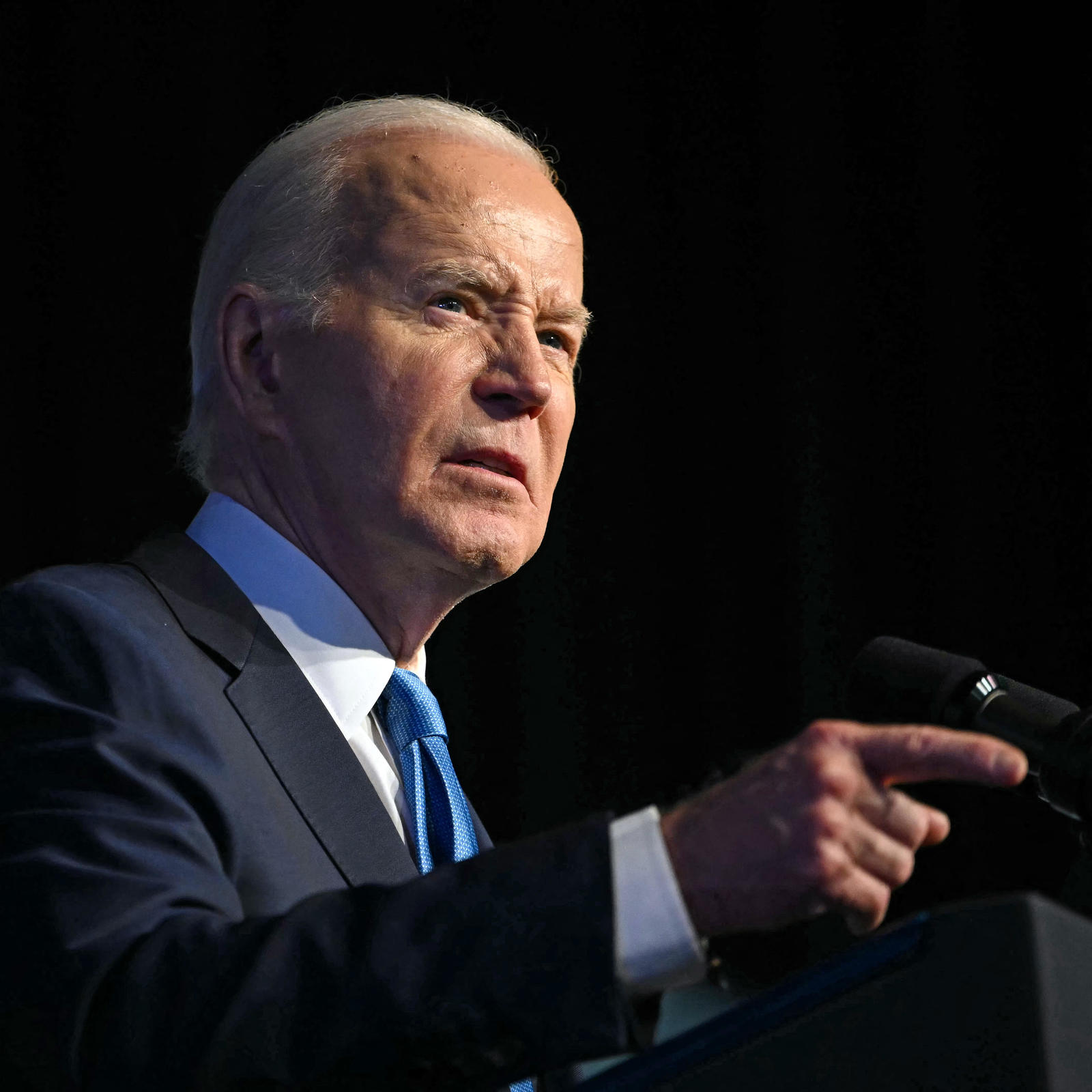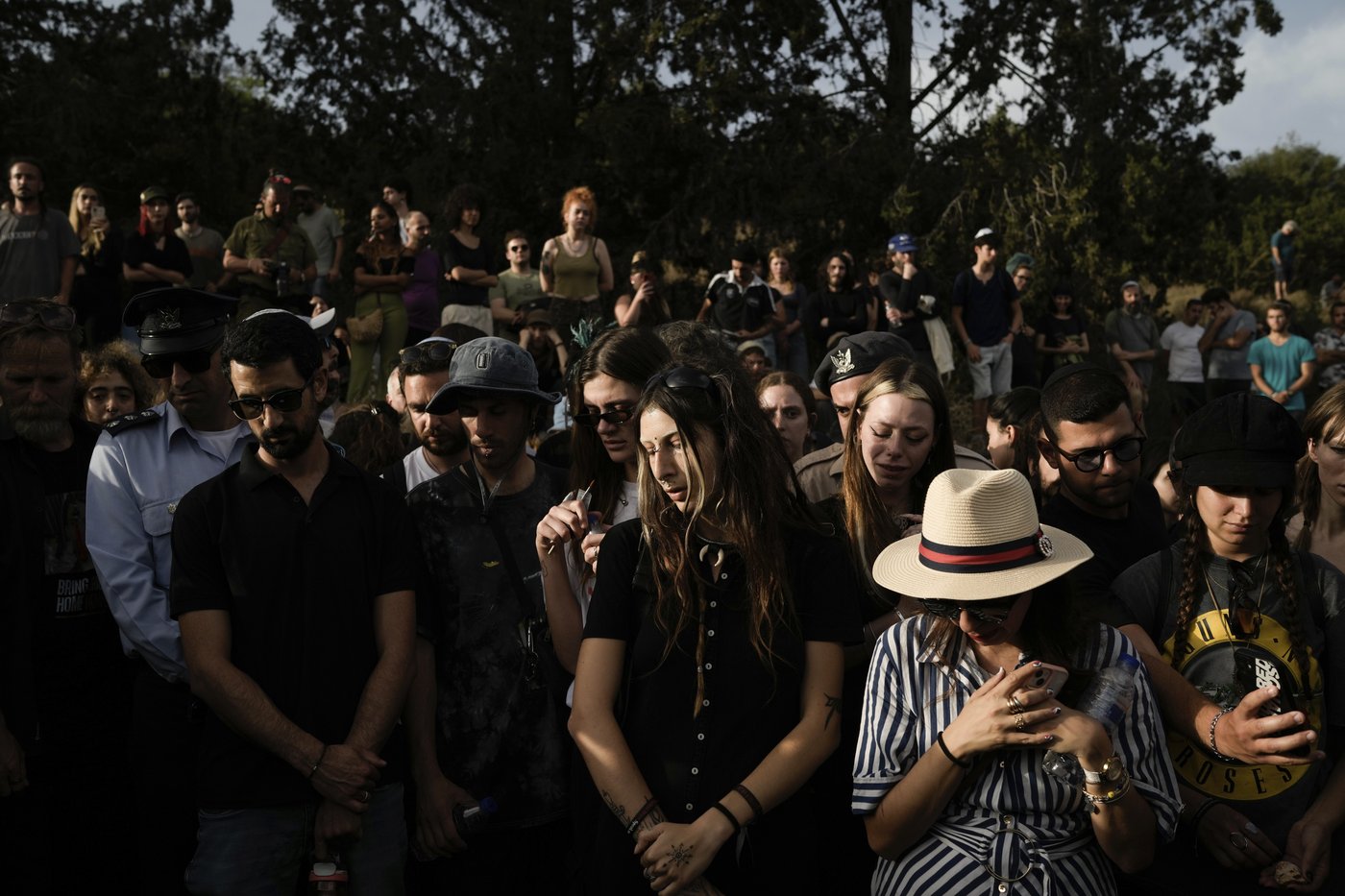
BLACK LOUISIANA VOTERS ASK US SUPREME COURT TO CONFIRM CONGRESSIONAL DISTRICT
Black Louisiana voters are working against the clock to keep a panel of conservative federal judges from blocking a new Black-majority congressional district from being in effect for the November election.
The Louisiana state conference of the NAACP, advocating for that district, asked the US supreme court Wednesday to put on hold the order of the fifth circuit court of appeals, which on 30 April invalidated Louisiana’s new congressional district map for the 2024 election.
State lawmakers redrew congressional district lines this year to comply with the order of Shelly Dick, the chief US district judge of Baton Rouge, who after years of litigation ruled in Robinson v Landry in January that Louisiana’s district lines unfairly denied Black voters the ability to elect candidates of their choice under the Voting Rights Act.
Black voters comprise about a third of Louisiana’s voting-age population, but only one of the state’s six congressional representatives is Black. Louisiana voters are highly polarized by race; districts with white majorities in Louisiana have never elected a Black congressional candidate.
“We are undeterred in our fight for a fair map in Louisiana,” said Ashley Shelton, president and CEO of Power Coalition for Equity and Justice, a litigant in the case that established the new district. “We will continue to fight for a map that reflects our communities, that honors the promise of the Voting Rights Act, and that respects the voices of thousands of Louisianians who have engaged throughout the redistricting process.”
Liz Murrill, the Louisiana attorney general, a Republican, also plans to appeal the decision to the supreme court. She slammed the court’s decision yesterday in a statement.
“Today, three federal judges who never spent a day running an election have ignored uncontradicted testimony that we need a map by May 15, and once again turned Louisiana’s congressional elections upside down,” Murill said. “At a time when concerns about election integrity are higher than ever, this ruling threatens the ability of the secretary of state to conduct a stable and fair election in a presidential election year in Louisiana.”
When lawmakers redrew Louisiana’s sixth district in January, they chose to string together Black voters in a 250-mile-long, 40-mile-wide thread across the middle of the state, from the western half of Shreveport in Louisiana’s north-west to the edges of Baton Rouge in the south-east.
A dozen self-described non-African American voters filed suit shortly after, arguing that the new district amounted to an illegal racial gerrymander, even though federal courts had just ordered Louisiana to create a second district with a Black voting majority.
Given the precarious balance of power in the House today – Republicans currently have a two-vote majority – losing even a single seat may make the difference in partisan control, something Louisiana’s conservative state legislative leaders are keen to protect.
On 30 April, a three-judge panel of the fifth circuit court of appeals agreed with the plaintiffs in Callais v Landry and blocked the use of the new map, in a 2-to-1 decision, with two appointees of Donald Trump forming the majority.
“The predominate [sic] role of race in the State’s decisions is reflected in the statements of legislative decision-makers, the division of cities and parishes along racial lines, the unusual shape of the district, and the evidence that the contours of the district were drawn to absorb sufficient numbers of Black-majority neighborhoods to achieve the goal of a functioning majority-Black district,” wrote US district judge David Joseph and judge Robert Summerhays in the majority opinion.
Now, the courts, voting-rights activists and the Louisiana legislature are racing for time with elections only six months away.
On Tuesday, the fifth circuit set out a timeline for the state to submit a new map that both complies with the Voting Rights Act and is not an illegal gerrymander.
Nancy Landry, the Louisiana secretary of state (no relation to Jeff Landry, the state governor) argued in a brief that her office needed a map by 15 May to conduct a successful election in November. The court noted that in previous hearings, her office had said it could make do with a map by late May, and instructed each party, including intervenors and others, to submit one map each by 17 May, with responses to those maps due by 24 May.
Nora Ahmed, the legal director for the ACLU of Louisiana – who represented Black plaintiffs in Robinson v Landry – said it is entirely possible for the legislature to comply with an order to draw a new map, but that it shouldn’t be necessary because the current map is compliant with the law.
“After listening to 14 experts, seven fact witnesses, seeing 244 exhibits, it was definitely possible to draw a VRA-compliant map that would provide for two opportunity districts,” Ahmed said. “The Callais litigation … does not appreciate the fact that there are communities of interests that lie in district six. There’s this supposition that somehow because the district looks a particular way, that it means that the district does not include communities of interest.”
Two of the most powerful members of the US Congress represent Louisiana districts. House speaker Mike Johnson serves Louisiana’s fourth district in the north-west corner of Louisiana, Though it now has a sixth district-shaped political canyon bisecting it, Johnson would likely win re-election under the current map.
Steve Scalise, the House majority leader, represents the mostly white suburbs and bayou country east of Baton Rouge and New Orleans. A map drawn more compactly with two majority Black districts would probably complicate his re-election chances.
Louisiana’s legislature remains in session until 3 June. If the court does not have a new map from the legislature by then, it will “reluctantly” pick a map on 4 June, the fifth circuit said Tuesday.
That is, unless the US supreme court stays the lower court’s hand.
A stay of the lower court ruling would postpone this argument to the next legislative cycle while using the existing map with two majority-Black districts.
2024-05-09T10:59:53Z dg43tfdfdgfd











